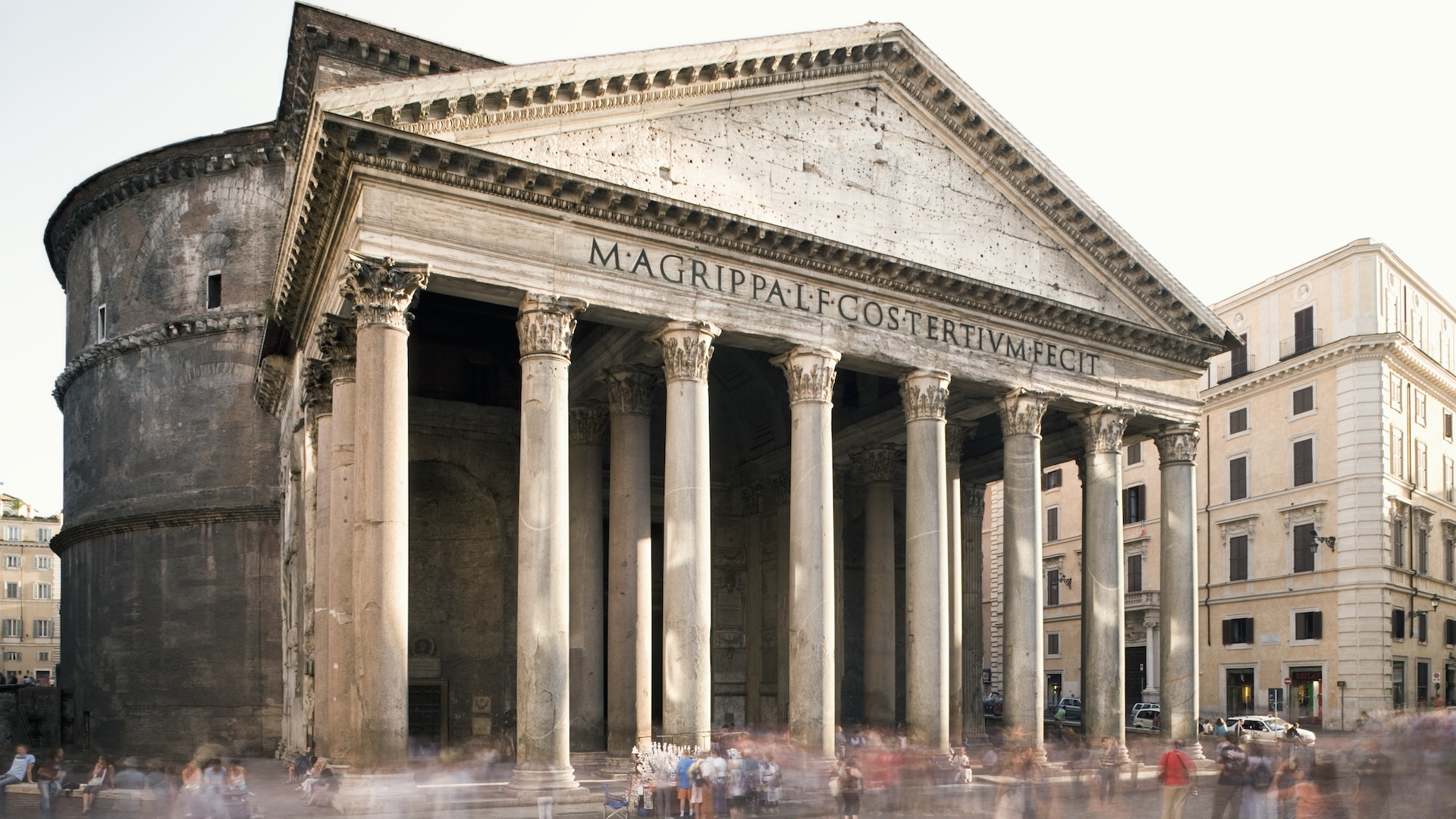When you purchase through links on our web site , we may earn an affiliate mission . Here ’s how it works .
A metropolis razed by the Romans more than 2,000 years ago after its people rise up was put down so badly that it " stay uninhabited for over 170 years , " until it was repurposed into an ancient landfill , according to archaeologist who excavated the ancient site in Italy .
The ruins at Fregellae , about 55 stat mi ( 90 kilometers ) southeast of Rome , engagement from the siege and devastation of the city by papistical armies in 125 B.C.

The archaeologists are excavating a villa at Fregellae that was built about 80 years before the city was besieged and burned down by the Romans in 125 B.C.
The reason for the rebellion is n’t know , but archeologist cerebrate it was because the people of Fregellae had call for full romish citizenship , alternatively of the " second - rate " citizenship — with few legal rights , peculiarly regarding the possession of public landed estate — that they had been grant by theRoman Republic . This long - lead contravention culminated in theSocial Warroughly a propagation later , from 91 to 87 B.C. , when many of Rome ’s allies in Italy demanded — and received — full Romanist citizenship .
But there are few surviving historical records from the time of the Fregellae revolt , so archeological studies are the best bet for determining what happened there , saidDominik Maschek , a professor of popish archeology at theLeibniz Centre for Archaeologyand Trier University , both in Germany .
" It is only mention in two or three rootage , " Maschek told Live Science . " We get a line about the siege , they evidence us these people rebelled against the Romans , but we do n’t bonk why . "

The archaeologists think several large pottery storage vessels discovered at the site were probably used for agricultural produce like wine, grain and fruit.(Image credit: Anton Ritzhaupt/LEIZA)
Related:‘Sensational find ' of 2,000 - year - sure-enough Roman military camp find obscure in the Swiss Alps
Roman villa
Maschek explained that Italian archeologist first excavated the site in the 1980s and find out the clay of murals , floor mosaics , houses and public baths .
He and a team of researchers from Germany , Italy , and Switzerland have been excavating a Doroteo Arango on the border of the ancient city for the past three years ; and last twelvemonth they also constitute the remains of a nearby Roman military camp , which was protected by a fortified wall and a moat .
Among the artifacts found at the villa site are large clayware watercraft for store farm produce . These and ancient seeds unearthed at the web site indicate the villa was an agricultural centre that produce wine , fruit and texture , likely for exportation to other regions and maybe abroad , Maschek said . record of similarly sized romish villas suggest that up to 50 the great unwashed may have exploit there , many of them enslave .

The villa is the oldest found in the region and the archaeologists hope their excavations will shed more light on the city’s destruction.(Image credit: Dominik Maschek/LEIZA)
But a layer of fire scathe shows the villa and the crops in its fields were destroyed at the same time as the neighboring city , he say — a decision supported by the " smoke gun " of pottery fragments from the time of the uprising .
Ancient allies
Fregellae was founded as a colony metropolis of Rome , but it seems to have included many people come down from the Samnites , a non - Roman peoplewho originally live in the realm and were ab initio enemies of the Roman Republic .
Maschek noted that the issue of Samnites relocating to Fregellae had been discussed by the Roman Senate about 60 years before the rebellion , but the Senate decided that the city of Fregellae should shell out with the influx itself .
" The [ Samnite ] families who go to Fregellae plainly think that they would be better to know in the city with second - pace Roman citizenship , because at least they then had some sort of family relationship with Rome , " he say .

Many of the many pottery fragments found at the site date from several years after the destruction of the city, and indicate that the villa’s ownership had changed by that time.(Image credit: Anton Ritzhaupt/LEIZA)
— Roman coin trove find out on Mediterranean island may have been hide during ancient pirate fire
— Did Romanist prizefighter really fight to the dying ?
— Possible ' mega ' garrison chance in Wales hints at tension between Romans and Celtics

Seeds and plant remains from the excavations at the villa site show the cultivation of wine and other farming produce.(Image credit: Anton Ritzhaupt/LEIZA)
The few historical phonograph recording from the time distinguish how Fregellae was besieged and destroy by a Roman army overtop by Lucius Opimius , a pretor of the Roman Republic . This position was an elect magistrate but below the two elect consulswho headed the state .
It seems that the people of Fregellae had waited until Rome ’s two consul were command Roman armies overseas before they take up their rebellion , Maschek said , perhaps hoping the Romans would find it unmanageable to send yet another army .
" They were not stupid . They had been defend alongside the Romans for a long prison term , so they have it off how Roman electioneering work , " he said . " But they probably had n’t reckoned with the fact that the Romans would still have praetors . "













